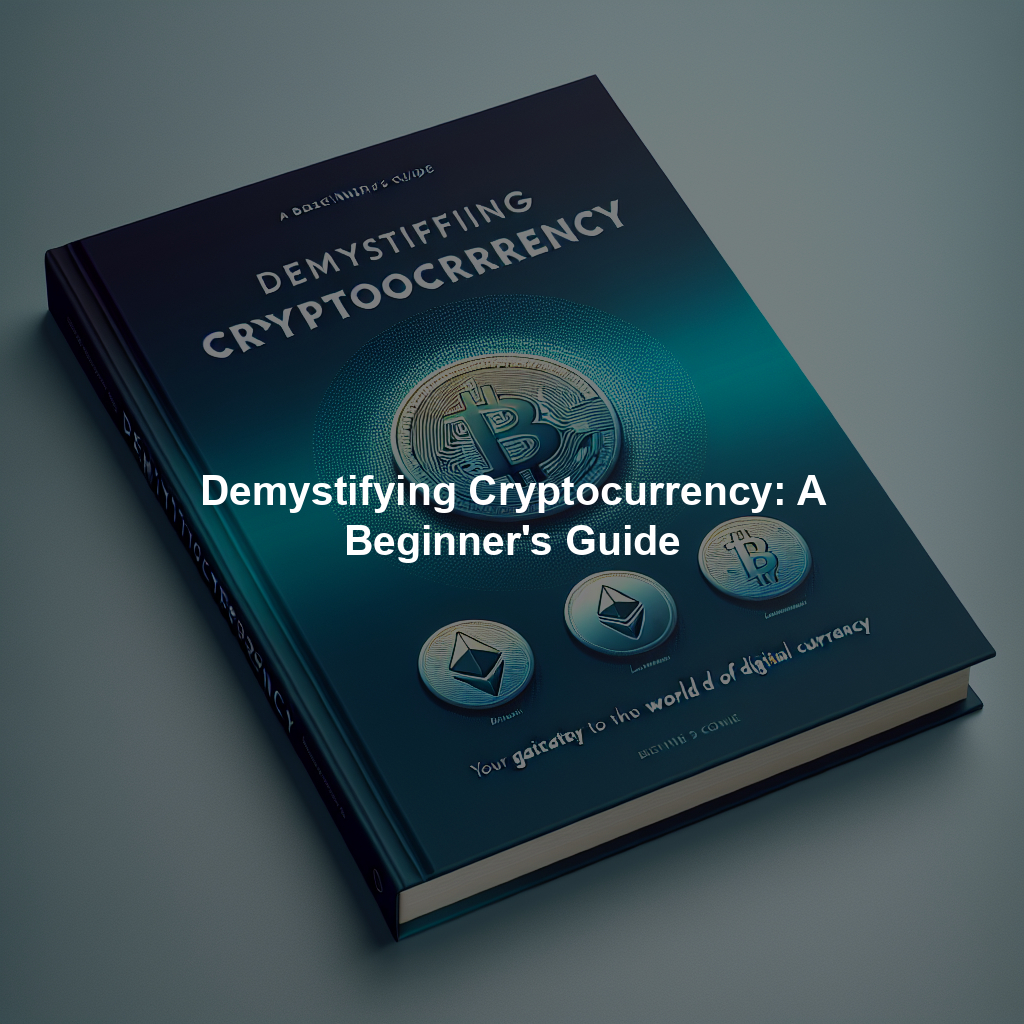Exploring the World of DeFi: An Introduction to Decentralized Finance
Decentralized Finance, or DeFi, has been making waves in the cryptocurrency world in recent years. This innovative concept is revolutionizing the way we think about traditional finance by utilizing blockchain technology to create a more inclusive and transparent financial system. In this article, we will explore the basics of DeFi and how it is changing the financial landscape.
What is DeFi?
DeFi refers to a movement that aims to recreate traditional financial systems, such as lending, borrowing, and trading, using decentralized platforms built on blockchain technology. These platforms operate without the need for intermediaries, such as banks or financial institutions, allowing users to interact directly with one another in a peer-to-peer manner.
Key Features of DeFi
1. Decentralization: DeFi platforms are built on decentralized networks, such as Ethereum, which allows for greater transparency and security. This eliminates the need for central authorities and reduces the risk of censorship or manipulation.
2. Smart Contracts: DeFi platforms utilize smart contracts, which are self-executing contracts with the terms of the agreement directly written into code. This enables automated and trustless transactions without the need for intermediaries.
3. Interoperability: DeFi projects are often interoperable, meaning they can interact and communicate with one another seamlessly. This creates a more interconnected and efficient financial ecosystem.
4. Accessible: DeFi is open to anyone with an internet connection, regardless of their location or financial status. This allows for greater financial inclusion and access to services that were previously unavailable to many individuals.
Popular DeFi Applications
1. Decentralized Exchanges (DEXs): DEXs allow users to trade cryptocurrencies directly with one another without the need for a central exchange. Popular DEXs include Uniswap and SushiSwap.
2. Lending and Borrowing Platforms: DeFi platforms like Compound and Aave allow users to lend out their cryptocurrencies and earn interest, or borrow assets by using their existing holdings as collateral.
3. Yield Farming: Yield farming involves providing liquidity to DeFi protocols in exchange for rewards, such as tokens or interest. This strategy has become popular among DeFi enthusiasts looking to maximize their returns.
Challenges and Risks
While DeFi offers numerous benefits, it is not without its challenges and risks. Security vulnerabilities, smart contract bugs, and regulatory uncertainties are just a few of the issues that users should be aware of when participating in DeFi. It is essential to conduct thorough research and exercise caution when navigating the DeFi landscape.
In conclusion, DeFi represents a promising alternative to traditional finance, offering greater accessibility, transparency, and efficiency. By leveraging blockchain technology, DeFi has the potential to reshape the financial industry and empower individuals to take control of their finances. As the DeFi ecosystem continues to evolve, it will be exciting to see how this innovative movement shapes the future of finance.


